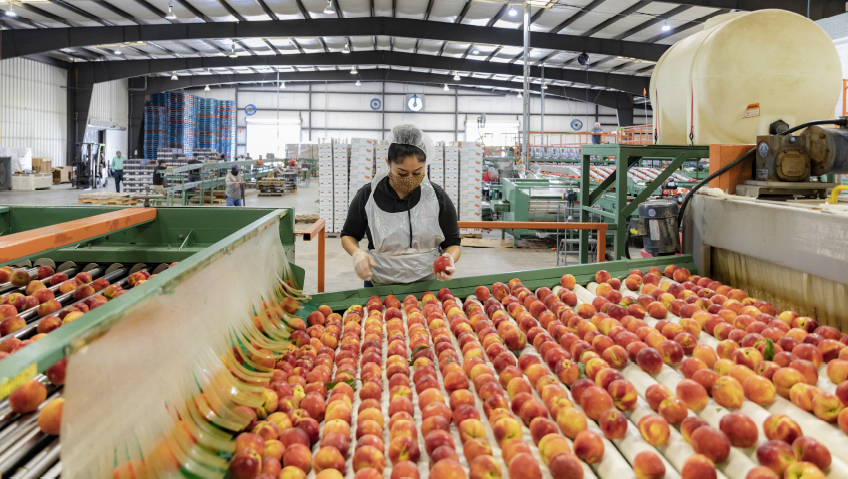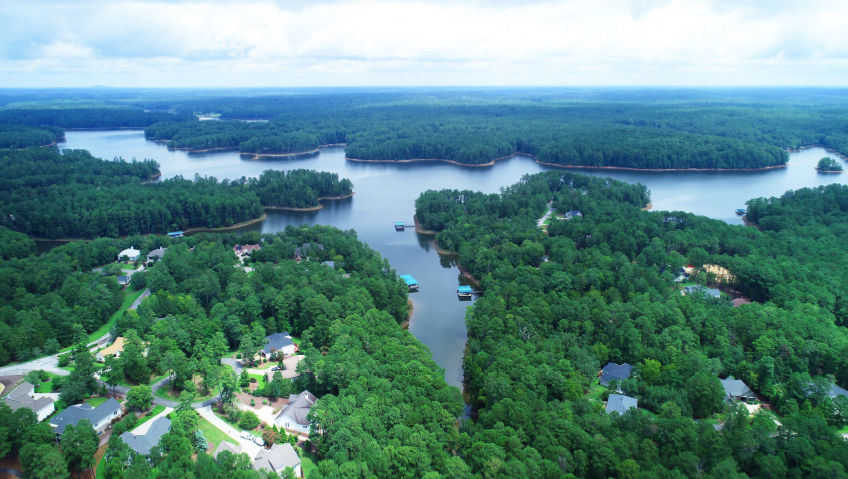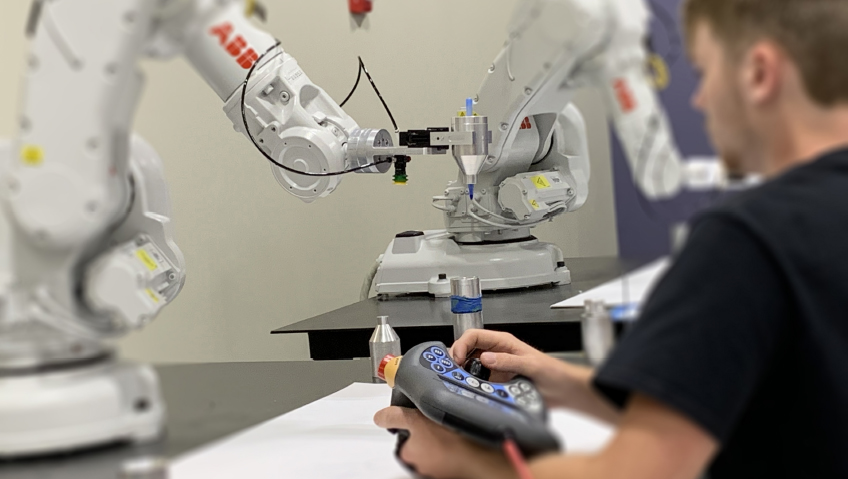Committed to creating a workforce for the tourism industry that’s among the best in the world, Tourism HR Canada celebrates its 30th anniversary this year.
These have been three decades of promoting the growth of a dynamic and adaptable workforce and supporting human resource development in a globally competitive and sustainable industry. By providing tourism stakeholders with the tools and resources they need to thrive in their employment and entrepreneurial pursuits, the organization collaborates with the industry to attract, develop, and retain valuable tourism professionals.
Recognized as a Canadian Workplace Culture Leader for outstanding organizational culture, the organization takes pride that its team embraces the belief of putting people first. With its employees, clients, business partners, and the local community, Tourism HR Canada aims to nurture this strong and supportive workplace culture industry-wide by promoting the growth of a dynamic and adaptable workforce while enabling HR development initiatives for a globally competitive business.
“Tourism HR Canada’s mandate can be summarized as building a resilient, competitive, and inclusive labour market,” says President Philip Mondor. “It comes down to addressing whatever workforce issues might prevail in the tourism sector. Tourism itself is made up of well over two million workers, working in every riding in Canada, in five different industries that comprise the sector.”
Tourism is a large industry indeed and the role of the organization is to coordinate and facilitate all activities that address these realities. These include setting standards for best practice by defining skills and projecting skill and labour demands; attraction and retention campaigns; working with education systems to align programming; and developing training and certification programs that align with industry needs.
“Research is at the foundation of a lot of what we do,” Mondor says. “We’re known as a foundational labour market system as well. So when the government of Canada first set up these types of organizations, within the mandates were some fundamental areas of work, one being research.”
That means the organization is responsible for the production of most of the types of labour market research and analysis that inform policy and program decisions for the industry. But it’s not alone on this front. Tourism HR Canada works very closely with Stats Canada and other groups that specialize in this kind of research, but its job is really to pull it all together, particularly focusing on the analysis and decisions as to where research is necessary to inform policy.
“It’s everything from what we would call foundational statistics—such as demographics, supply/demand projections, compensation data—to what the trends and prevailing challenges are,” Mondor explains. “That’s kind of a bread and butter or fundamental category, but there’s so much more.”
Demands on the research come from diverse sources, such as governments and academia. The organization investigates everything from supply and demand, which is a very complex field, to sentiment surveys to ascertain people’s views of working in the sector from multiple angles, such as through a consumer’s lens or a worker’s lens.
State of industry reports have become another high priority, and call for the organization to take periodic measures of how well the industry is managing in the current political, social, and economic environment. Thanks to the pandemic, that’s an activity that has occupied a lot of time and continues to do so.
“We’re the go-to agency responsible for having a good understanding of what’s happening with the labour market and what should we focus on looking forward, particularly to inform policy and program investments,” Mondor says.
While that kind of research tells Tourism HR Canada what it is they need to tackle, working with the education and training sector to develop curricula and modes of delivery, for example, is more current. During the pandemic years, the emphasis naturally shifted to what the research could provide to inform policy because conditions were so disruptive with all kinds of novel phenomena to consider.
“Although the sector is very large and represents about 10 percent of the labour market, we don’t operate in a vacuum,” says Mondor. “If you look at the broader labour market context and the broader economic, social, and political context, we’re part of that larger narrative. But we have to understand how we work within that context to address the complexity of this sector, which is very diverse.”
While the pandemic has very much affected how employers are attracting and retaining workers, some things haven’t changed from a decade or even 20 years ago.
“In other words, some of the challenges we face today are structural and systemic,” Mondor says. “They’re not new, but they’re amplified—and perhaps more complex in many ways. The obvious ones you hear in the headlines today are things like housing, which is a factor of supply; that there are just not enough workers to fill the demand for skills; the changing skills landscape; and so on.”
Emerging from the pandemic requires smarter, more sophisticated human capital practices, because competition for workers and changing cultural views have changed the landscape entirely, he adds. “You can’t look at your workforce like you did in 2019 or before that. It’s fundamentally a new world.”
Learning to work with fewer people despite the demand for growth means doing much more with what’s called a “blended workforce,” where companies are sharing workers and finding ways to work with more contingent workers while still fostering the development of an anchor team.
“But that alone gives you an idea of some of the complexity here, because some of those workers could be working anywhere on the globe, or working in another region where there are different factors at play, different labour laws, different kinds of responsibilities around the way people are paid, how you communicate,” Mondor says. “It changes the culture of your workplace.”
Referred to as “reworking the work arrangements,” it involves being accommodating and adaptive to the different needs of workers. In a way, that’s not new, but attitudes and expectations around such an approach have changed in ways that are no longer a differentiating factor—it’s now foundational that you have to have your work designed in ways that are tailored to each and every worker.
“It’s a much more complex way to think about how you manage your workforce,” says Mondor. “It’s about how their HR management goes beyond their front door and community-led strategies where they have to be far more engaged in community-levelled efforts to better influence what’s happening from a public policy point of view.”
The bottom line, he adds, is that HR today doesn’t look anything like it did a decade ago. To assist with navigating this dynamic and ever-changing industry, Tourism HR Canada has designed Discover Tourism, a website with programming to attract and retain workers for the industry.
First launched a decade ago, recent investment by the federal government has resulted in a massive refresh and expansion of the site, demonstrating a change in attitudes—“not just with employers and the tools to help them, but also with job seekers and those already working for us,” shares Mondor. “It’s a much larger ecosystem that we tap into with a more cohesive strategy to not only illustrate what the value proposition is with the industry but really to help people understand and navigate it and to create better career paths.”
While the pandemic changed much in the tourism field, the organization already understood pre-pandemic the kinds of changes on the horizon in the workforce and anticipated a number of the challenges that the pandemic brought on so abruptly, specifically those of losing 880,000 workers within 10 weeks and then being closed for more than two years.
The Future Skills project was formed to map and define the way the workforce would look in a dynamic way that would continue to be responsive to evolving changes. These changes have in fact been in demand in many other industries the organization works with, both within and outside of Canada.
This experience, and the organization’s own prescience, has now enabled Tourism HR Canada to be at the forefront of analyzing skill demands and helping define other needs in the sector for the Future Skills project. This will roll out in the late fall branded under the Workforce Management Engine.
Along with this initiative is the Labour Market Forum, an event financed by the Government of Canada designed to bring in 80 to 100 people responsible for looking at workforce issues from across Canada, such as heads of associations involved with HR and large companies, as well as government associations.
Topics include immigration—a constant subject of discussion in many industries as immigration is a major source of workers—as well as Indigenous workforce development, employer practices, and the workforce ecosystem.
Mondor makes the point that the pandemic was a highly disruptive period, and it changed the narrative and the reality of how labour markets are addressed. “This has been a sum game for us in terms of increasing visibility and increasing people’s true understanding of these challenges,” he says.
From a public policy point of view, he adds, the organization has a seat at the table now like never before. “And we have a strong voice. So if there’s nothing else the pandemic and all those challenges did for us, that’s a big one. And it’s monumental.”
Soon, the organization will be launching the updated Canadian Academy of Travel and Tourism, a suite of resources for high schools, across Canada. Teachers will be able to tap into a variety of learning materials that can be incorporated based on their unique program needs, plus become part of a worldwide network of tourism educators via the Global Travel and Tourism Partnership.
“These are all elements that materialized largely because the pandemic accelerated the demand for these particular tools,” Mondor explains. “And around Indigenous workforce-related efforts, there too there has been a much better understanding of the kind of framework and approach we need to take and some headway on that. And while they’re all complex, there are different challenges here that we’ll continue to work on. There’s no hard outcome at the moment, but there’s a lot of groundwork.”
As for milestones to achieve in the coming years, the organization’s overall aim will be to grow the tourism workforce to 2.5 million by 2030. “There are a lot of things that need to happen, the most important being that we do need to continue to have influence and further inform critical policy changes, particularly with the immigration system and with employment insurance schemas,” says Mondor.
“Related to that is the Discover Tourism initiative and program. It’s such a foundational and important tool for such a broad audience. We need to nourish that and ramp it up, expand it. The more that happens, the more it facilitates a lot of the needs. It’s kind of the go-to spot.”
Underpinning that are new tools in response to the market along with new research. “It’s been fascinating to look at the kinds of inquiries we’ve had around research in the last two-plus years,” Mondor says. “We’ve been doing research since the inception of the organization, and producing lots of information monthly and annually. However, the pandemic has motivated people to work with that information in ways we’ve never seen, and it’s bred a demand for more targeted information, and more informed questions. There’s more interest in different kinds of data.”
The organization is also eager to delve into issues like modelling data on understanding, which is “sophisticated, but absolutely fascinating,” Mondor says.
“Another aspect we’re working with is where a new partner of ours is studying just what can change the behaviour of employers—to help them look at HR differently. So you can see this goes beyond the conventional; it’s getting into the psychology of these things,” he says. “It touches on how behaviour links to economic policy, and understanding the dynamic aspects of political context. The complexity is much greater than people may appreciate.” And Tourism HR Canada is here to help make sense of it all.






